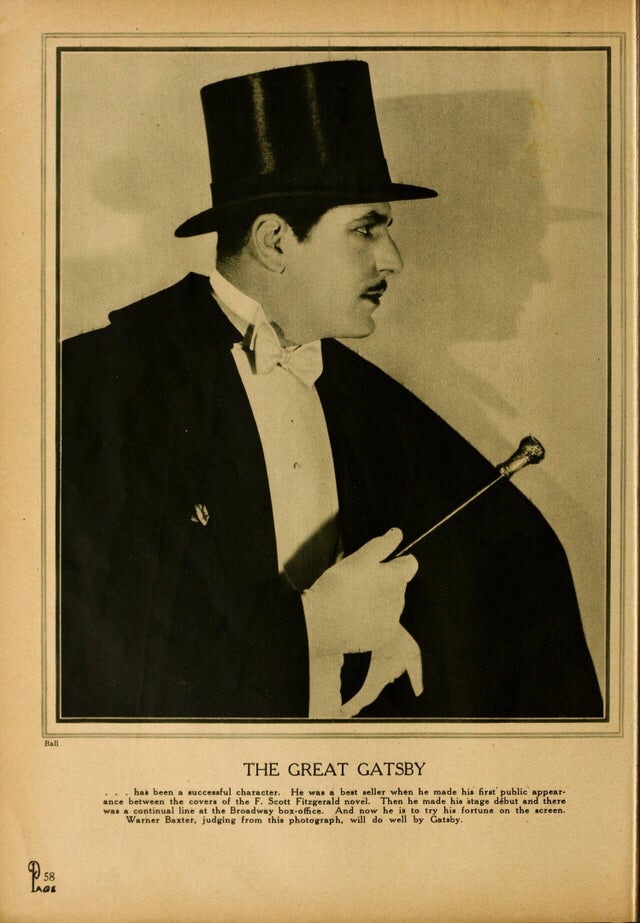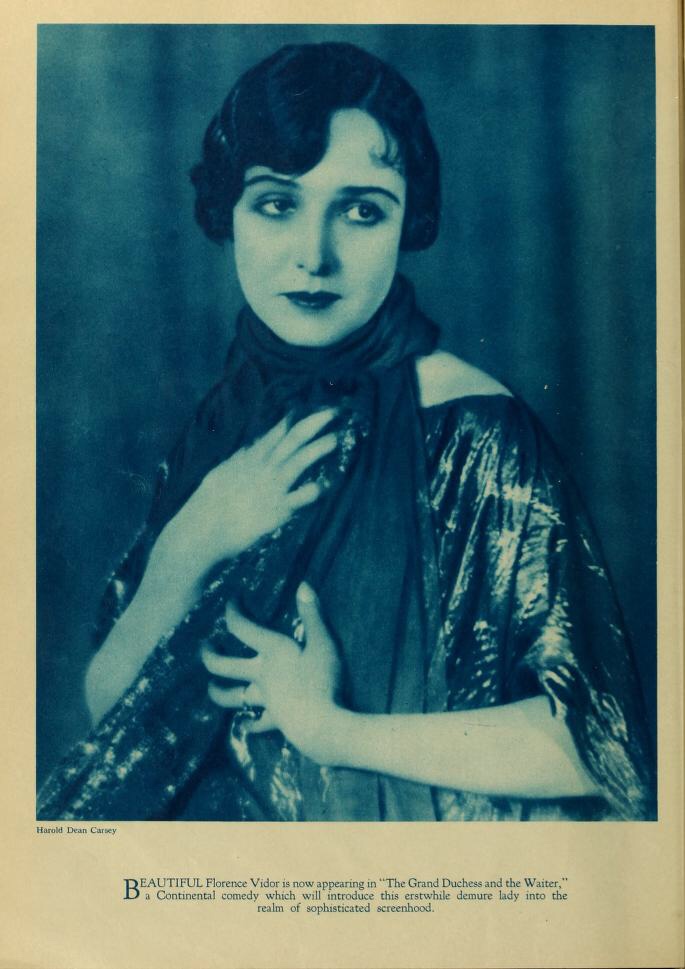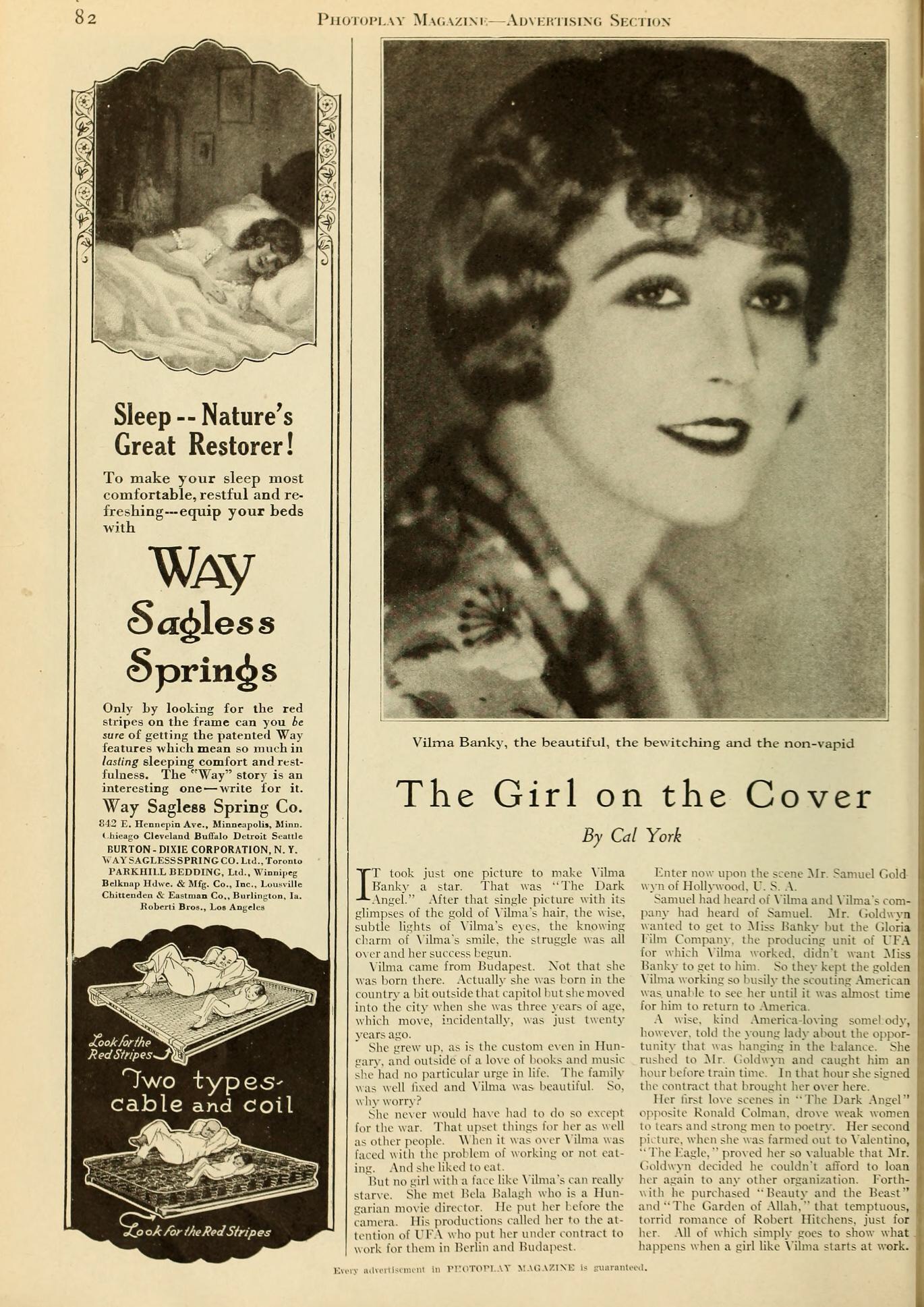“They were careless people, they smashed up things and creatures and then retreated back into their money or their vast carelessness, or whatever it was that kept them together, and let other people clean up the mess they had made.”
It speaks volumes that this one paragraph in a novel nearly 100 years old can be so prophetic when we think of the times we live in today. Indeed when you think of so many facets of our modern age, celebrity culture, the ascendance of the 1%, social media, it’s amazing how prescient the themes introduced in The Great Gatsby were. Allied to that, the ability of F Scott Fitzgerald to expand on these themes to include loss, grief and unrequited love in such spare language, with not a syllable out of place.
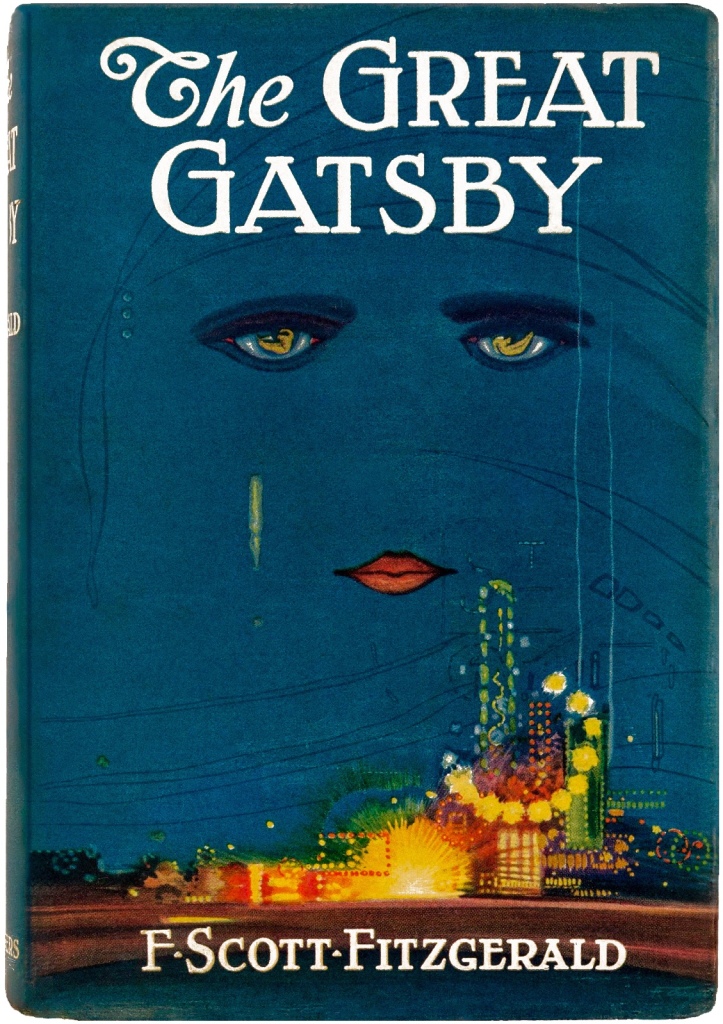
The Great Gatsby for me is the Great American Novel, and deserves its place in the pantheon of anglophone literature. As someone in the UK the book provides that critique of the American condition that we Brits can feel smug about, but without being excoriating. Instead the critique seems to come from a place of affectionate observation, the work of an individual who can coolly review his circumstances like a true insider. Fitzgerald’s use of language is spare and sparse throughout all his novels and short stories. This provides an easy experience for the reader whilst simultaneously provoking an emotional punch that is searing in its honesty.

Against this backdrop you can see how a book such as this has proved to be one of cinema’s greatest challenges. One that, arguably, Hollywood is yet to master.
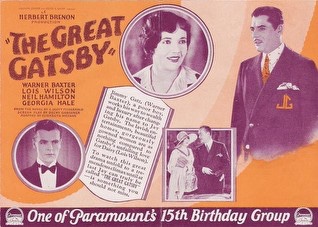
You may have seen my previous post featuring the trailer for the movie. Unfortunately this trailer is the only known footage left from the film. The picture in its entirety is lost. Therefore we can only surmise what it contained from what we see in that trailer and from newspaper and fan magazine reviews.
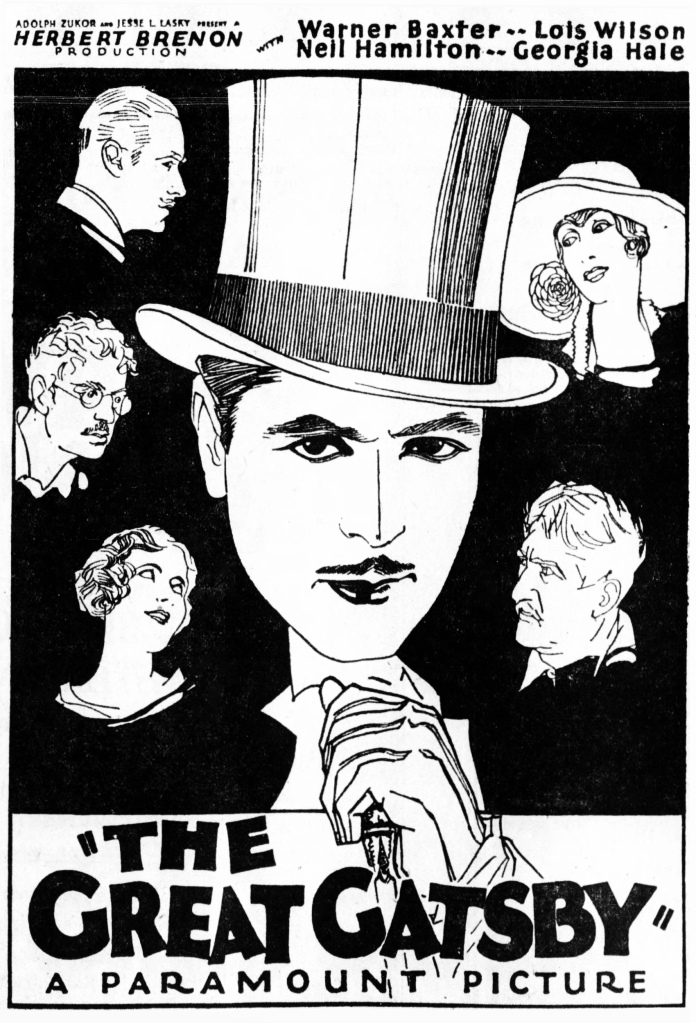
Certainly, from what we see in the trailer there was quite a focus on jazzy parties and this is verified in reviews. This seems to be a regular and fundamental error in the many film adaptations over the years and perhaps why there hasn’t been a definitive portrayal of the novel. The excitement of the Jazz Age is the backdrop to The Great Gatsby but the real action lies in is America’s version of the class system, where the lowly Jimmy Gatz has to reinvent himself by nefarious means. The sadness lies in his futile attempt to win back the love of a superficial and deeply unhappy individual. The parties are one aspect to Gatsby’s desperate aim to join with a monied class who neither care for him or about him.
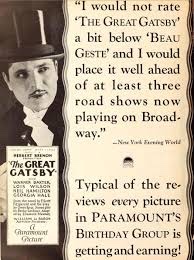
Plus there is the issue of casting. Tom Buchanan has been a more successful venture, surprisingly as he’s both stuck up and a thug, but it’s his cartoonish element that provides a useful hook for casting directors. However the pivotal roles of Jay and Daisy have proved more challenging, as it’s so difficult to transfer their charisma to the screen. For me Leonardo di Caprio is the definitive Gatsby. In an otherwise flawed attempt to capture the essence of the book, di Caprio has the looks, the charm but also the mass of insecurities and vulnerabilities, as well as Gatsby’s searing anger. Viewing the 1926 trailer and publicity materials, I’m not convinced that Warner Baxter brought this level of understanding to this role.
Speaking of casting, what of William Powell at this time? Well 1926 was proving to be a pivotal year for Powell at Paramount Pictures. The Great Gatsby was one of several solid roles that were building his profile, as well as the generally positive notices he received for his craft in newspapers and fan magazines. The part of George Wilson was certainly one such role and we know that Powell would have prepared carefully for the part.
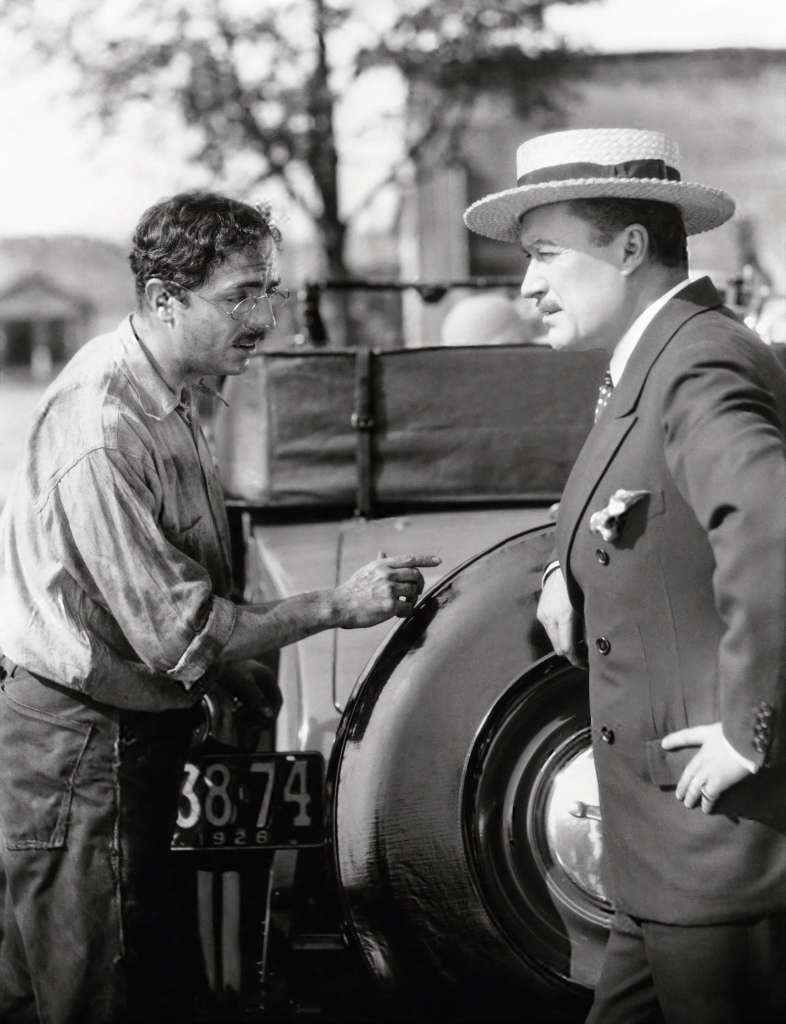
Now it may seem incongruous to those familiar with Powell’s later work in talking pictures to equate the sassy, snappy conveyer of one liners in films like The Thin Man with the character of George Wilson. Tom Buchanan’s smugly dismisses the cuckold George as a man “so dumb he doesn’t know he’s alive”. However for William Powell it was another opportunity to showcase the variety of his range.
Fitzgerald’s Hollywood Dream and Disillusionment
Fitzgerald unfortunately detested the screen version. Zelda wrote to her daughter, Scottie, “We saw The Great Gatsby at the movies… It’s ROTTEN and awful and terrible and we left.”
This was to be a portent of things to come. Fitzgerald admired the modernity of Hollywood and wanted to be a participant in it but it was to no avail. Indeed at the time of his and Zelda’s visit to see The Great Gatsby, he was at work on a screenplay for a movie featuring Constance Talmadge. However this was to come to nothing. The screenplay was considered weak and as Fitzgerald wrote later,
“I… was confident to the point of conceit… I honestly believed that with no effort on my part I was a sort of magician with words – an odd delusion on my part when I had worked so desperately hard to develop a hard, colourful prose style.”
He returned to Hollywood in 1937 but in poor physical and emotional health. The pull back to Hollywood was financial not artistic and there was a cynicism to his transactions there. Fitzgerald described a Hollywood gathering thus,
“The dinner party in fact looked just like a Metro movie—except for the lines. Since the writers could not balance the actors on their knees like ventriloquists and give them dialogue, everything was a bit flat—[William] Powell was facetious without wit—Norma [Shearer] heavy without emotion. Selznick snoring.”
“So we beat on, boats against the current, borne back ceaselessly into the past.”
This piece was written for the Silent Movie Day Blogathon, hosted by In the Good Old Days of Classic Hollywood and Silentology, where there are other fantastic silent movie pieces for you to enjoy!

References/Recommended Reading:
Crazy Sundays: F Scott Fitzgerald in Hollywood – Aaron Latham
Slow Fade: F Scott Fitzgerald in Hollywood – Arthur Krystal, The New Yorker
F Scott Fitzgerald’s Tense, Unhappy Relationship with Hollywood – Deirdre Clemente, The Atlantic
William Powell: The Life & Films – Roger Bryant

